Home>Maintenance & Safety>Child & Elderly Safety at Home>When Do Babies Sit In A High Chair?
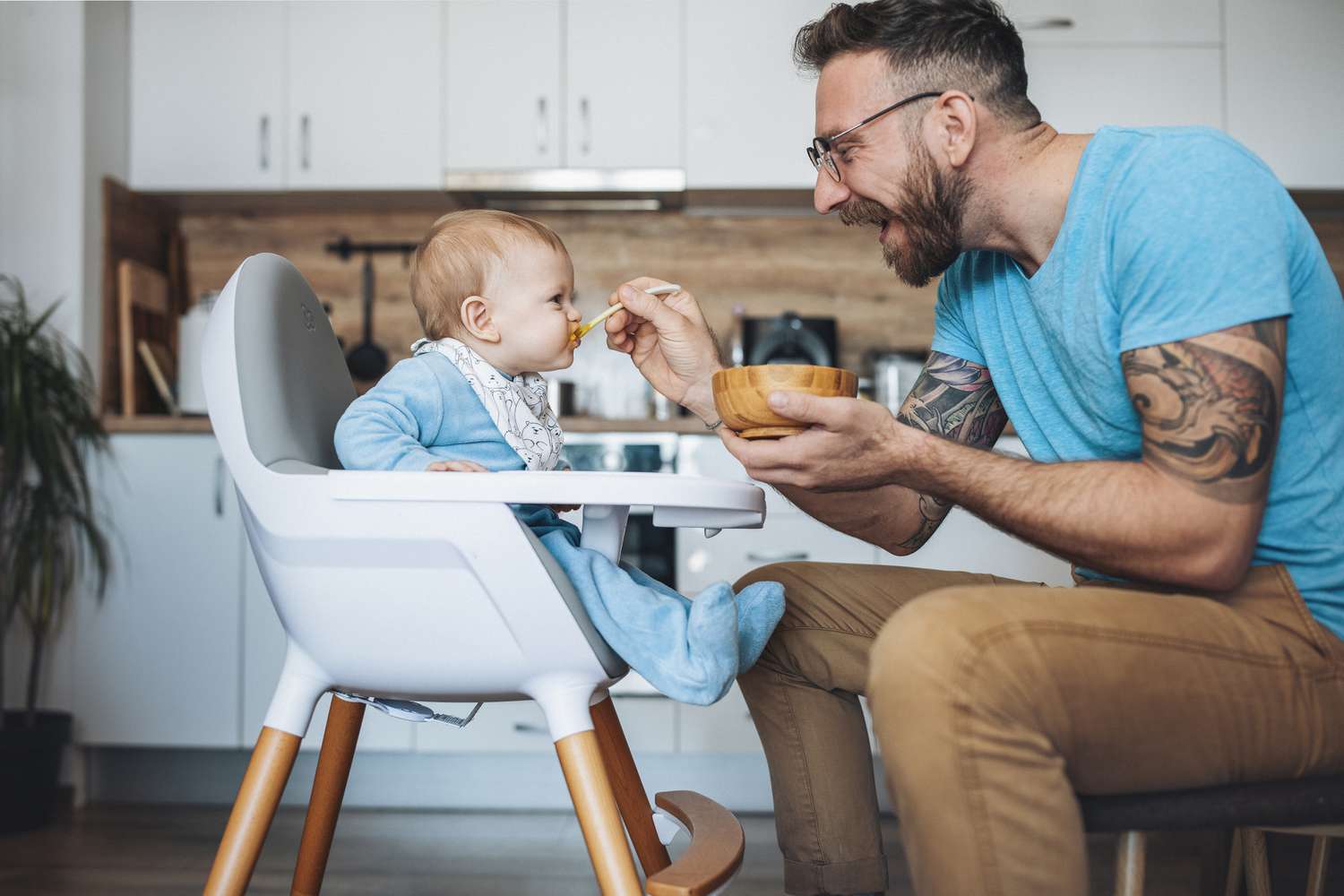

Child & Elderly Safety at Home
When Do Babies Sit In A High Chair?
Modified: April 23, 2024
Find out when babies are ready to sit in a high chair and how to ensure child and elderly safety at home. Learn about the best practices for introducing high chairs to your little one.
(Many of the links in this article redirect to a specific reviewed product. Your purchase of these products through affiliate links helps to generate commission for Storables.com, at no extra cost. Learn more)
Introduction
Introducing your baby to the world of solid foods is an exciting milestone in their early development. As a parent, you want to ensure that this transition is not only enjoyable but also safe for your little one. One essential piece of equipment that plays a crucial role in this process is the high chair. This article will guide you through the signs that indicate when your baby is ready for a high chair, the benefits of using one, safety tips, and how to choose the right high chair for your baby's needs. By the end of this article, you'll have a comprehensive understanding of how to make mealtimes a safe and enjoyable experience for your baby.
Key Takeaways:
- Babies are ready for a high chair when they can sit up on their own, show interest in solid foods, and have improved head and neck control. Using a high chair promotes safety, independence, and social interaction during mealtimes.
- Choosing the right high chair is crucial for your baby’s safety and comfort. Look for features like a secure harness, adjustability, easy cleaning, and durability to ensure a positive dining experience for your little one.
Read more: When Do Babies Need A High Chair
Signs that Indicate Baby is Ready for a High Chair
As your baby grows and reaches new developmental milestones, you may start to wonder when it's the right time to introduce them to a high chair. While there isn't a one-size-fits-all answer, there are several signs that indicate your baby is ready to transition to a high chair for mealtime.
Physical Stability
One of the primary signs that your baby is ready for a high chair is their physical stability. When your baby can sit up unassisted for an extended period, it's a strong indicator that they are ready to graduate from the confines of a traditional infant seat to a high chair. This physical stability is essential for ensuring their safety and comfort during mealtime.
Interest in Solid Foods
As your baby becomes more curious about the world around them, you may notice a growing interest in solid foods. They may eagerly reach for food during mealtime or show excitement when they see others eating. This curiosity and eagerness to participate in mealtime activities are clear indicators that your baby is ready to join the family at the table in a high chair.
Improved Head and Neck Control
Another crucial sign of readiness for a high chair is your baby's improved head and neck control. When they can hold their head steady and upright without support, it signifies that their neck muscles have developed sufficiently to support them in a high chair. This milestone is essential for ensuring that your baby can sit comfortably and safely during meals.
Age and Weight
While age and weight are not the sole determinants of readiness for a high chair, they can provide helpful guidelines. Most babies are developmentally ready for a high chair between the ages of 4 to 6 months. Additionally, if your baby has outgrown their infant seat or shows signs of discomfort in it, it may be time to consider transitioning to a high chair.
Increased Appetite and Longer Mealtime
If your baby's appetite has increased, and they are spending more time at the table during family meals, it may be a sign that they are ready for a high chair. This increased interest in food and longer mealtime sessions indicate that your baby is eager to participate in the family's dining experience.
By recognizing these signs of readiness, you can ensure a smooth and enjoyable transition for your baby to a high chair, setting the stage for many memorable family mealtimes to come.
Benefits of Using a High Chair for Baby
Using a high chair offers a myriad of benefits for both babies and parents, making it an essential piece of equipment for mealtime. Here are the key advantages of incorporating a high chair into your baby's feeding routine:
1. Promotes Proper Posture and Alignment
A high chair provides a supportive and ergonomic seating option for your baby during mealtime. By sitting in an upright position, babies can develop proper posture and spinal alignment, which is crucial for their physical development. This helps in preventing slouching and promotes healthy spine development as they grow.
Read more: When Can Babies Use A High Chair?
2. Encourages Social Interaction
When babies join the family at the dining table in their high chair, they become active participants in mealtime conversations and interactions. This fosters a sense of togetherness and allows babies to observe social cues, fostering their social and emotional development from an early age.
3. Facilitates Independence and Self-Feeding Skills
Using a high chair empowers babies to explore and engage with food independently. With a tray within reach, babies can practice self-feeding skills, such as grasping and bringing food to their mouths. This fosters a sense of independence and autonomy, laying the foundation for healthy eating habits in the future.
4. Minimizes Mealtime Mess
High chairs are designed to contain mealtime messes, making the cleaning process more manageable for parents. The tray and secure harness keep babies in place, reducing the likelihood of spills and food debris ending up on the floor. This not only saves time but also creates a more hygienic dining environment.
5. Establishes Routine and Structure
Introducing a high chair into your baby's feeding routine helps establish a sense of structure and routine around mealtimes. Babies thrive on predictability, and having a designated space for meals signals the beginning of a mealtime ritual, promoting healthy eating habits and a positive association with food.
Read more: When Can Babies Sit In Bathtub
6. Promotes Safety and Security
High chairs are designed with safety features to keep babies secure during meals. The harness and sturdy construction provide a safe and stable environment, reducing the risk of falls or accidents during feeding sessions. This gives parents peace of mind while allowing babies to explore and enjoy their meals comfortably.
By incorporating a high chair into your baby's feeding routine, you can create a nurturing and supportive environment that promotes healthy eating habits, social interaction, and physical development. It's a valuable investment that contributes to your baby's overall well-being and sets the stage for enjoyable family mealtimes.
Safety Tips for Using a High Chair
Ensuring the safety of your baby during mealtime is paramount, and using a high chair comes with its own set of safety considerations. By implementing the following safety tips, you can create a secure and nurturing environment for your baby's feeding sessions:
-
Secure Placement: When using a high chair, always ensure that it is placed on a flat and stable surface. Avoid placing the high chair near edges or areas where it could be easily tipped over. Additionally, check that the chair's locking mechanisms are engaged to prevent accidental folding or collapsing.
-
Harness and Straps: Utilize the high chair's harness and safety straps every time your baby is seated. These restraints are designed to keep your baby secure and prevent them from standing up or leaning out of the chair, reducing the risk of falls.
-
Supervision: Never leave your baby unattended in the high chair, even for a brief moment. Babies can be surprisingly quick and may attempt to climb or reach for objects within their grasp, posing a potential safety hazard.
-
Proper Assembly and Maintenance: Before using the high chair, carefully follow the manufacturer's assembly instructions to ensure it is properly put together. Regularly inspect the chair for any signs of wear and tear, and promptly address any issues to maintain its structural integrity.
-
Distance from Hazards: Keep the high chair away from hazardous items such as hot beverages, sharp utensils, and dangling cords. This prevents accidental spills, burns, or entanglement, safeguarding your baby from potential dangers.
-
Stability and Weight Limit: Be mindful of the high chair's weight limit and ensure that it is not exceeded. Additionally, discourage older siblings or pets from pushing or pulling the high chair, as this can compromise its stability.
-
Proper Positioning: Position the high chair away from tables, counters, or other surfaces that your baby could push against, potentially causing the chair to tip over.
-
Cleaning and Maintenance: Regularly clean the high chair, including the tray, seat, and harness, to prevent the buildup of food debris and bacteria. Follow the manufacturer's cleaning guidelines to ensure proper hygiene.
By adhering to these safety tips, you can create a secure and nurturing environment for your baby during mealtime, fostering a positive and stress-free feeding experience for both you and your little one.
Choosing the Right High Chair for Your Baby
Selecting the right high chair for your baby is a crucial decision that directly impacts their safety, comfort, and overall dining experience. With a myriad of options available in the market, it's essential to consider several factors to ensure that the chosen high chair meets your baby's specific needs and provides a secure and supportive environment for mealtime.
1. Safety Features
When evaluating high chair options, prioritize safety features such as a secure harness, stable base, and durable construction. Look for a high chair with a 5-point harness system to keep your baby comfortably restrained during meals, minimizing the risk of falls or slipping out of the chair. Additionally, ensure that the chair has a wide and stable base to prevent tipping and sturdy materials that can withstand daily use.
2. Adjustability and Comfort
Opt for a high chair that offers adjustable features to accommodate your baby's growth and varying feeding needs. Look for adjustable seat height and recline options to ensure optimal comfort during mealtime. A well-padded seat and supportive footrest can enhance your baby's overall comfort, promoting a positive dining experience.
3. Ease of Cleaning
Given the inevitable mess that comes with feeding a baby, choose a high chair with easy-to-clean surfaces and removable components. Look for a chair with a removable and dishwasher-safe tray, as well as a wipeable seat cover or cushion. This facilitates hassle-free cleaning and maintenance, ensuring a hygienic dining environment for your baby.
4. Space and Portability
Consider the available space in your dining area and opt for a high chair that fits seamlessly into your home environment. If space is limited, look for a compact and foldable high chair that can be easily stored when not in use. Additionally, if you plan to use the high chair in multiple locations, such as when visiting family or traveling, prioritize portability and ease of transportation.
5. Durability and Longevity
Invest in a high chair that is built to last and can accommodate your baby as they transition from infancy to toddlerhood. Look for durable materials and a weight capacity that aligns with your baby's growth trajectory. Choosing a high chair with a convertible design that can adapt to your child's changing needs ensures long-term usability and value.
Read more: What Happened To Baby Bjorn High Chair?
6. Additional Features
Explore high chair options that offer additional features to enhance functionality and convenience. This may include a removable tray with adjustable positions, a harness system that is easy to secure and release, or compatibility with accessories such as infant inserts or tray covers.
By carefully considering these factors and prioritizing your baby's safety, comfort, and practicality, you can confidently select a high chair that meets your family's specific needs and enhances the overall dining experience for your little one. Remember to thoroughly review product specifications, read user reviews, and, if possible, test the high chair in person to ensure that it aligns with your expectations and requirements.
Frequently Asked Questions about When Do Babies Sit In A High Chair?
Was this page helpful?
At Storables.com, we guarantee accurate and reliable information. Our content, validated by Expert Board Contributors, is crafted following stringent Editorial Policies. We're committed to providing you with well-researched, expert-backed insights for all your informational needs.
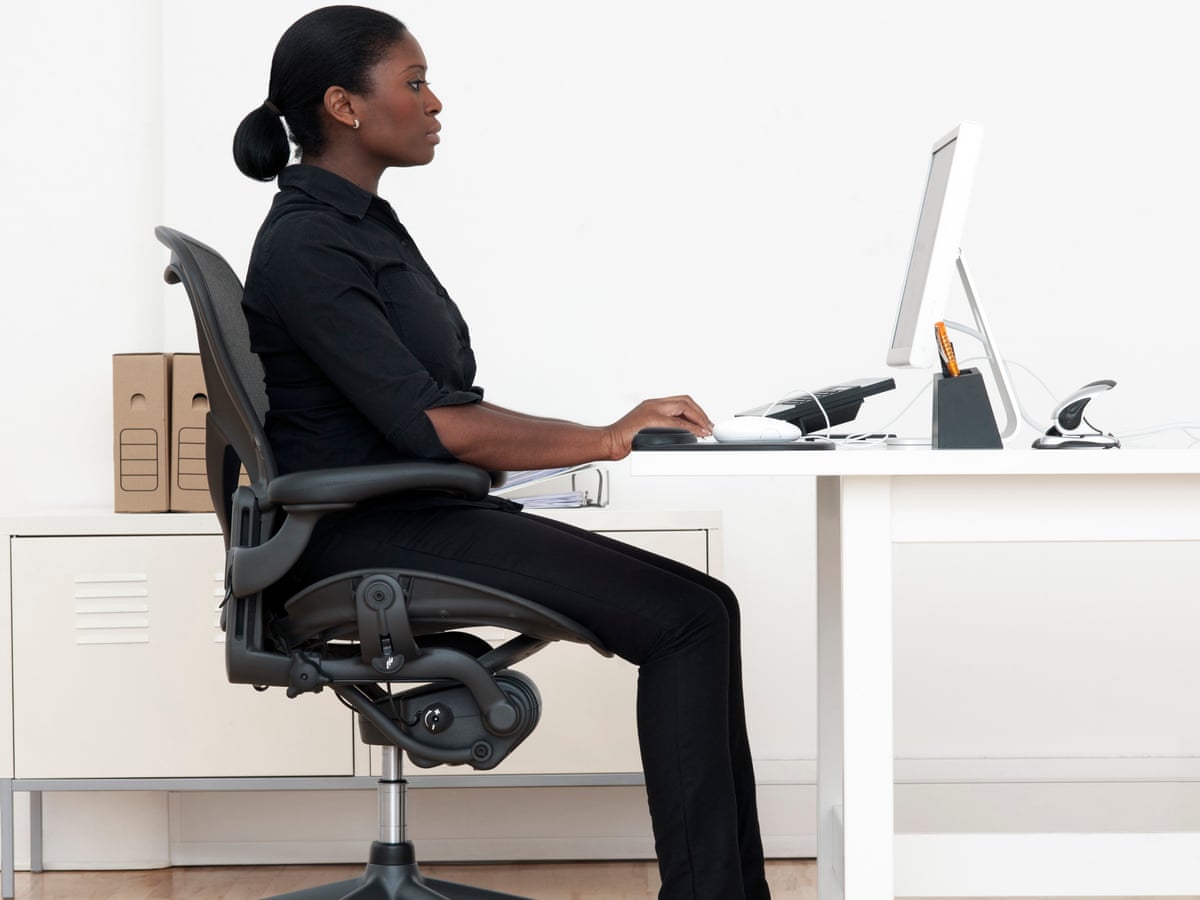
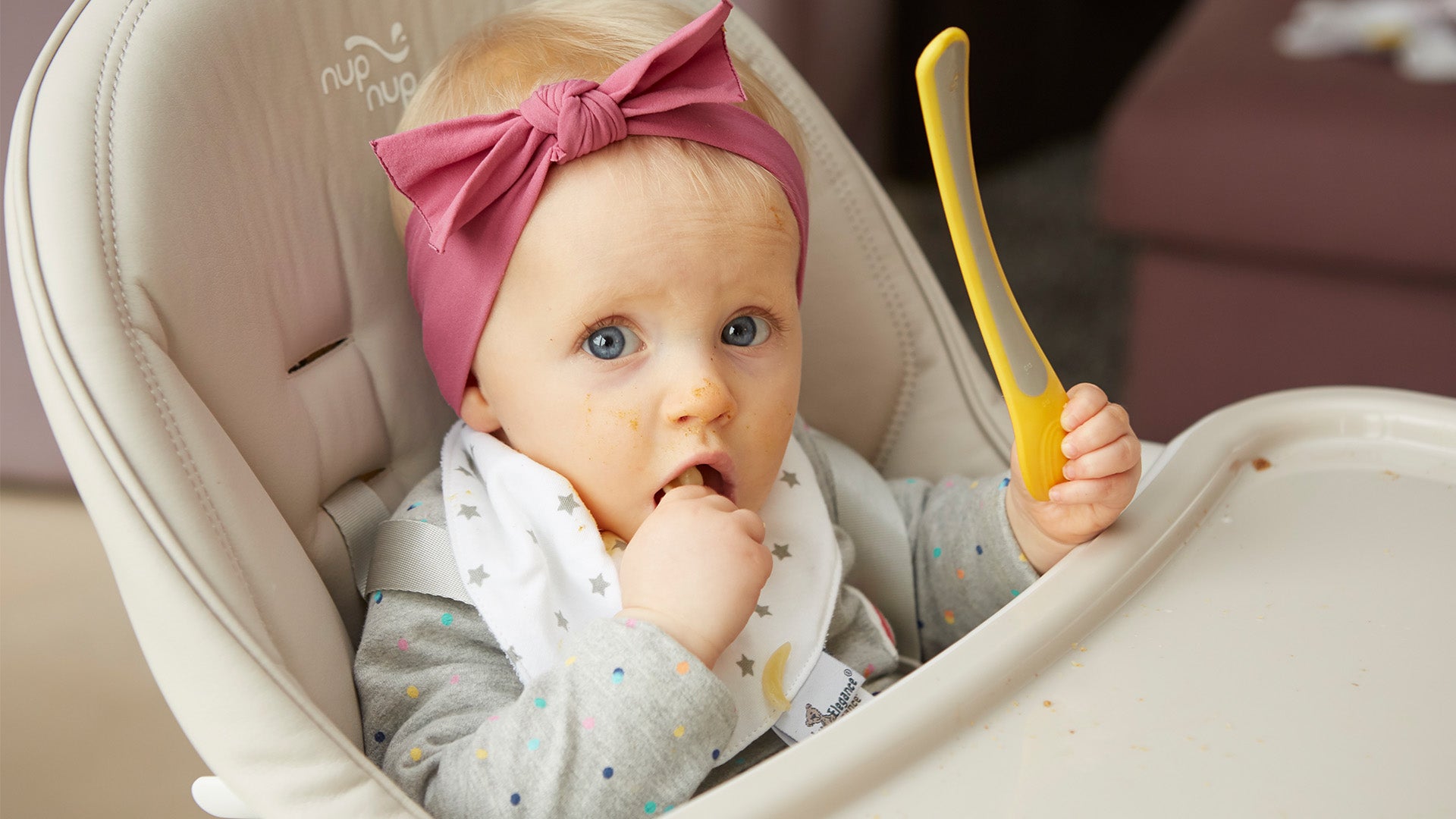

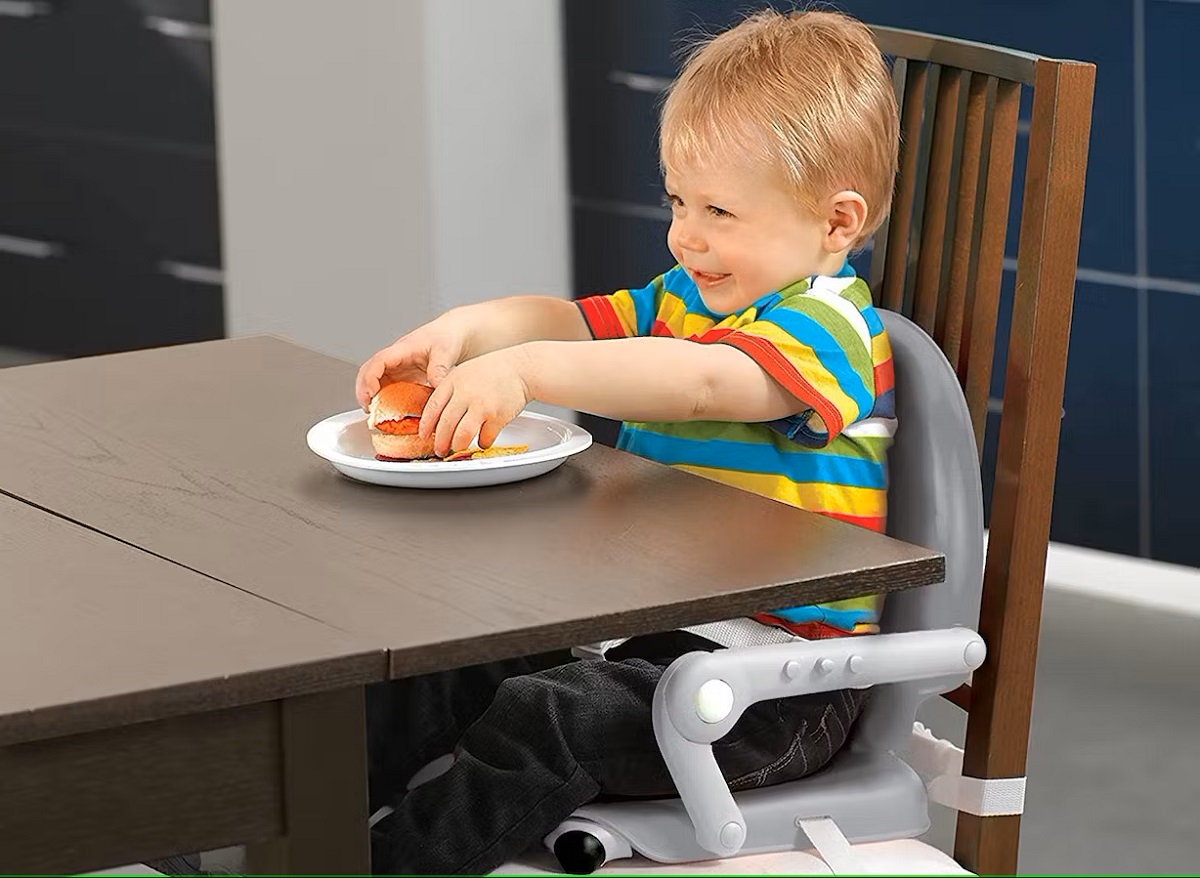
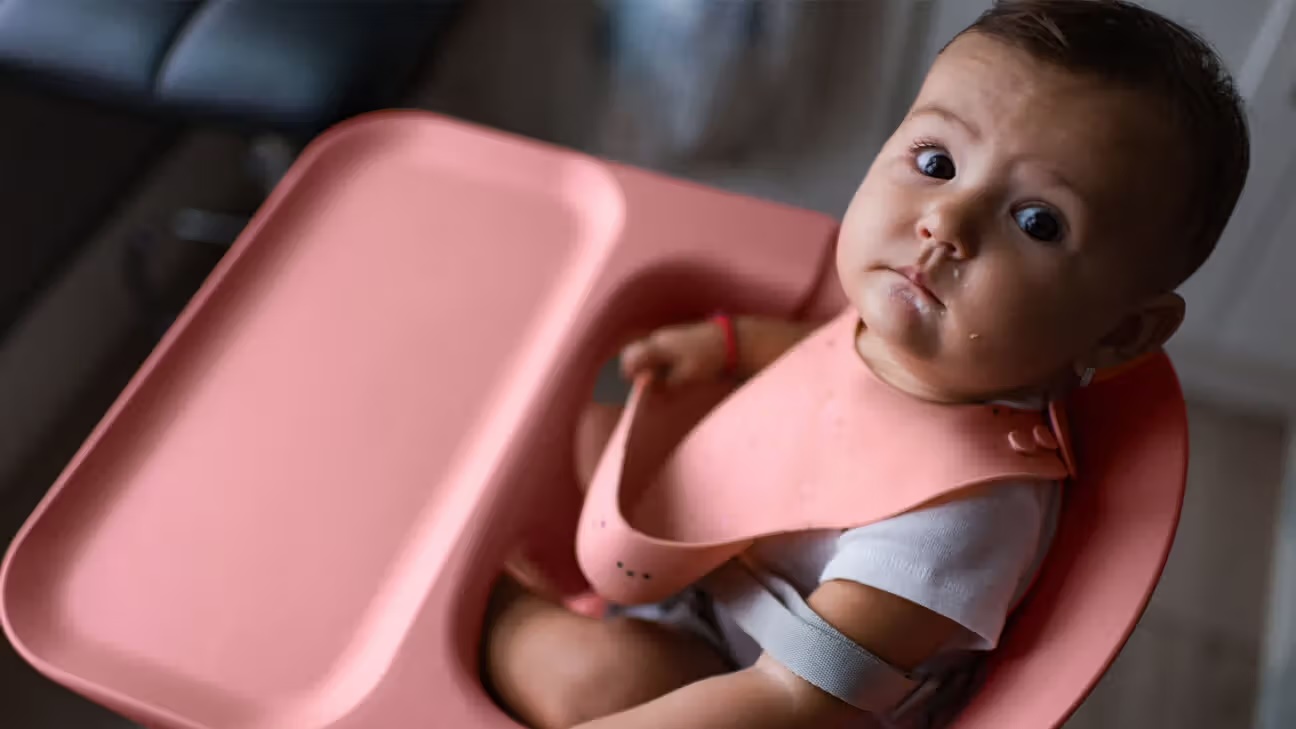
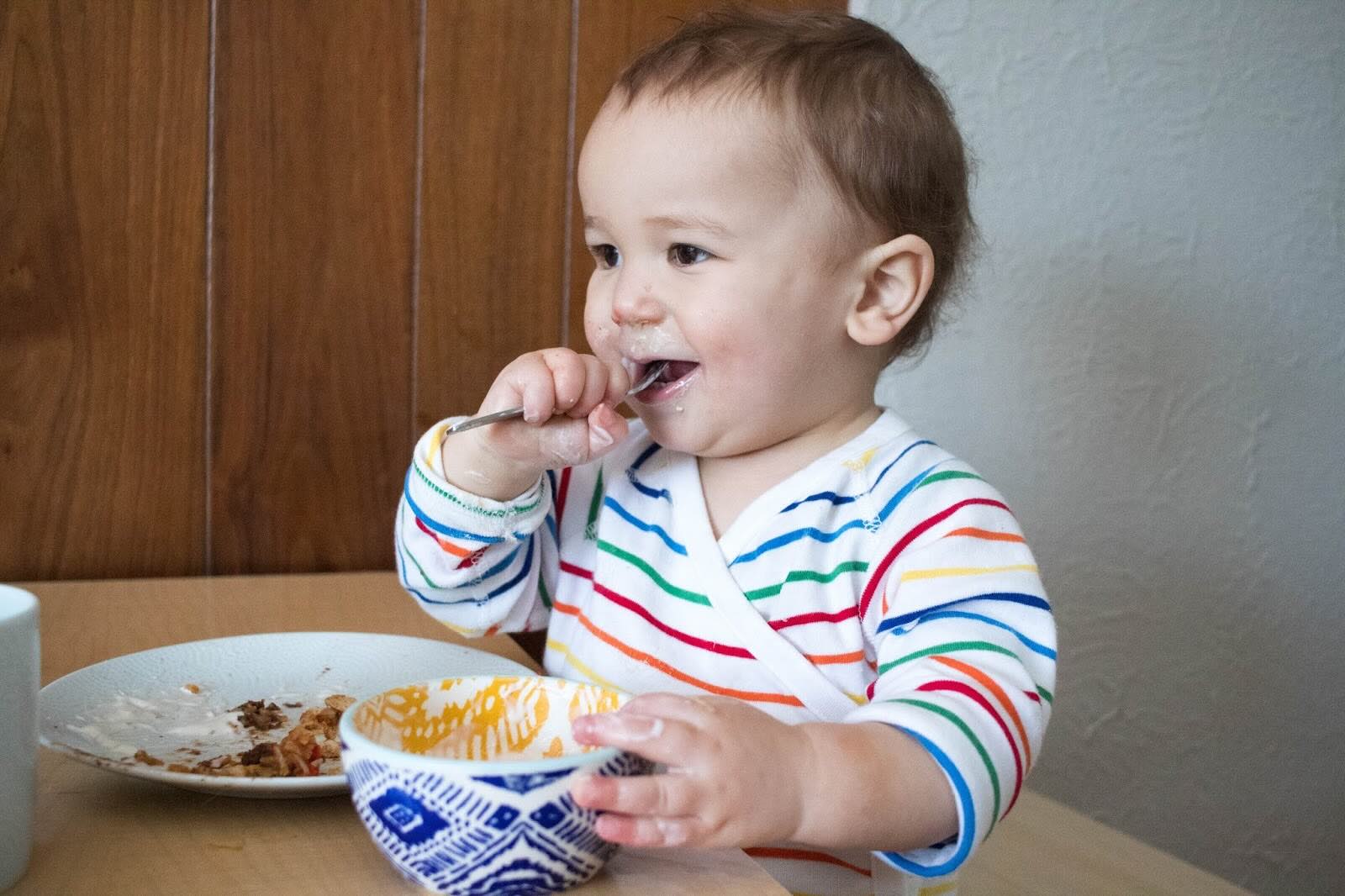
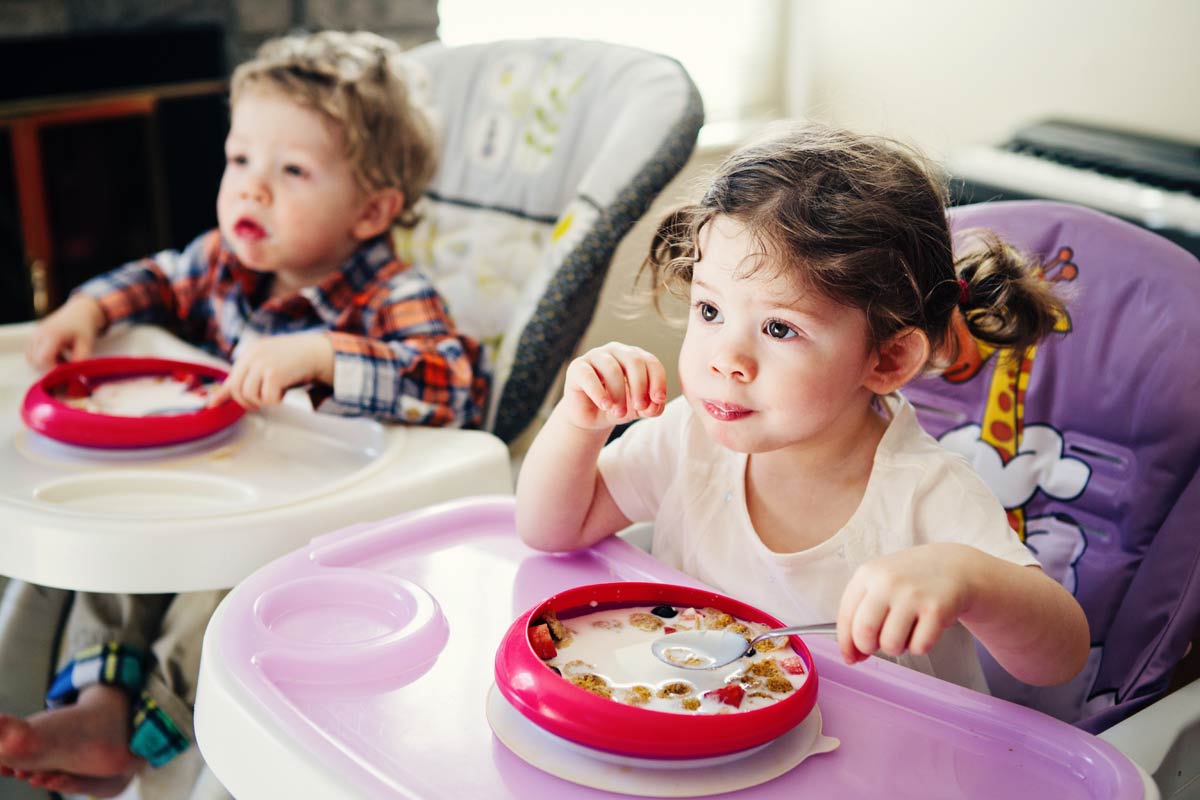
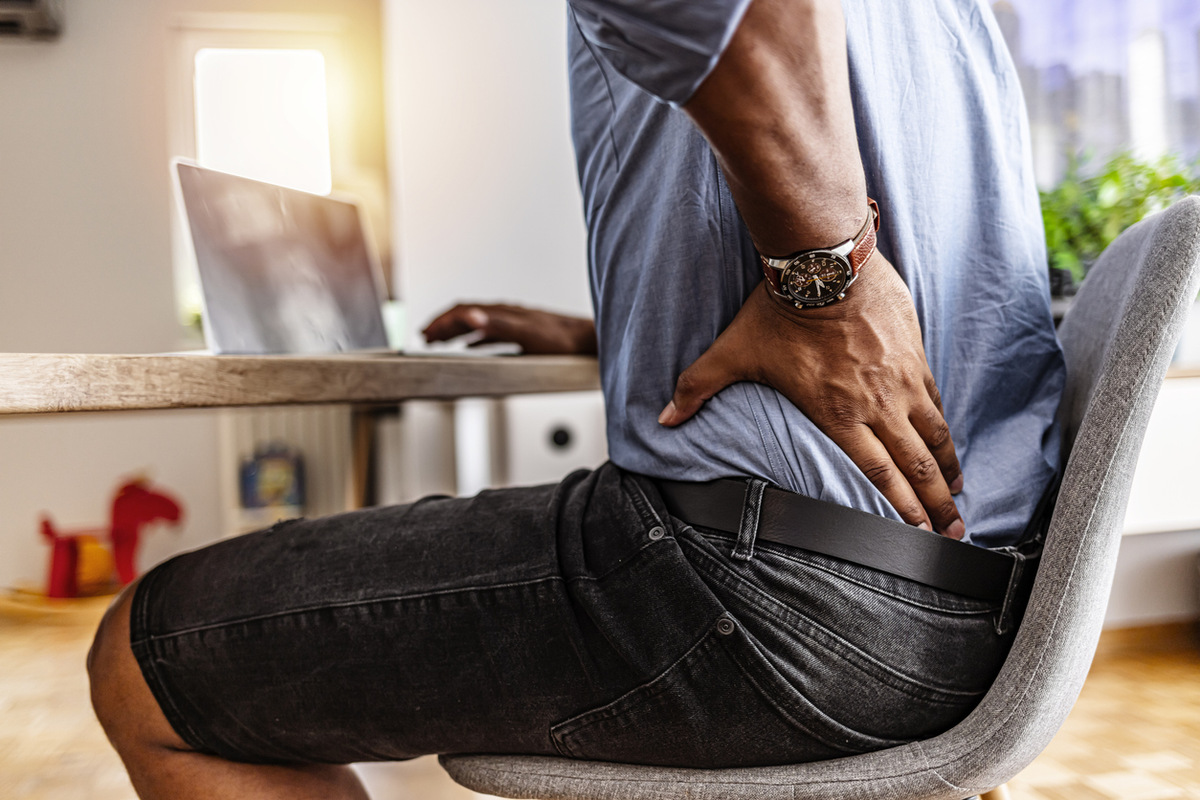
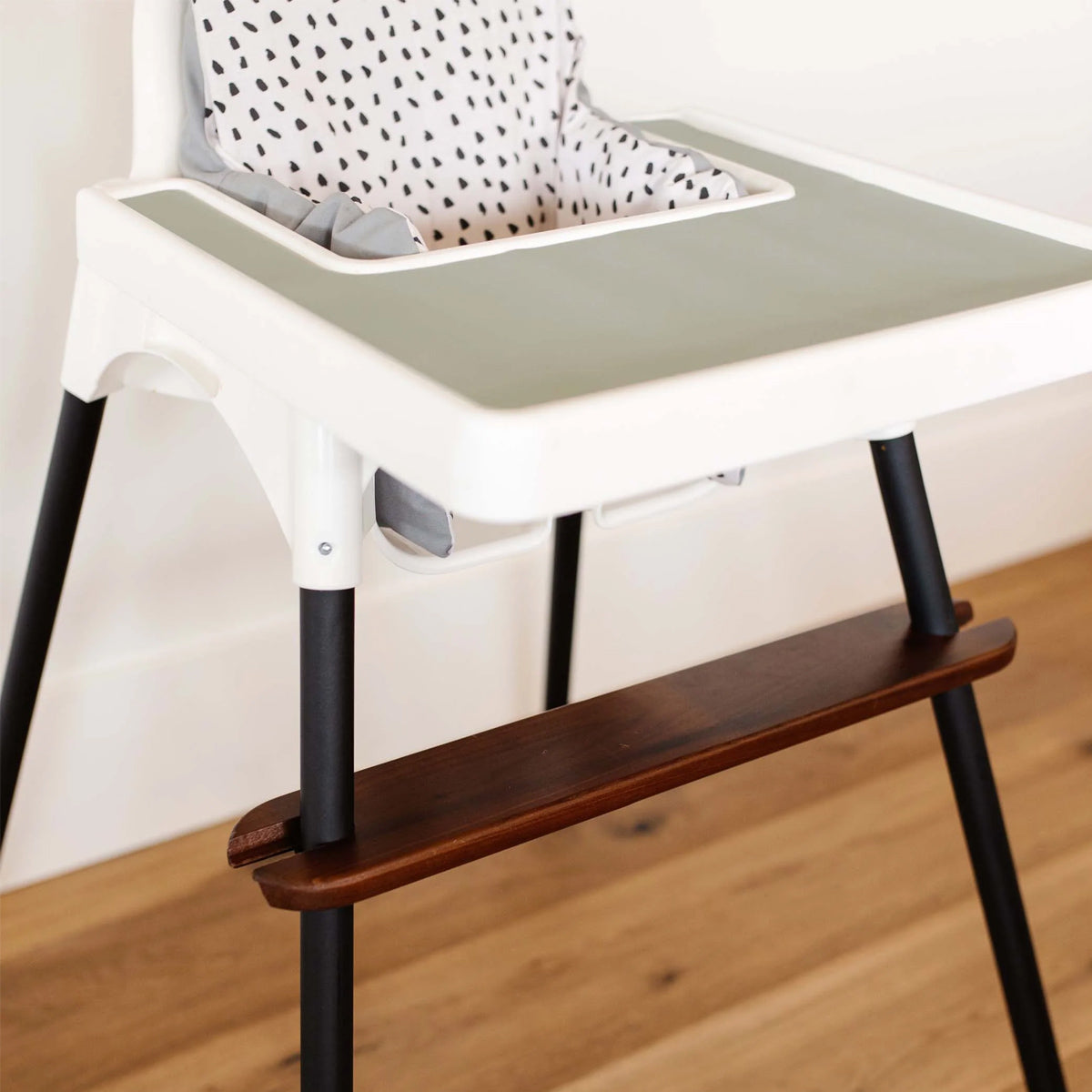
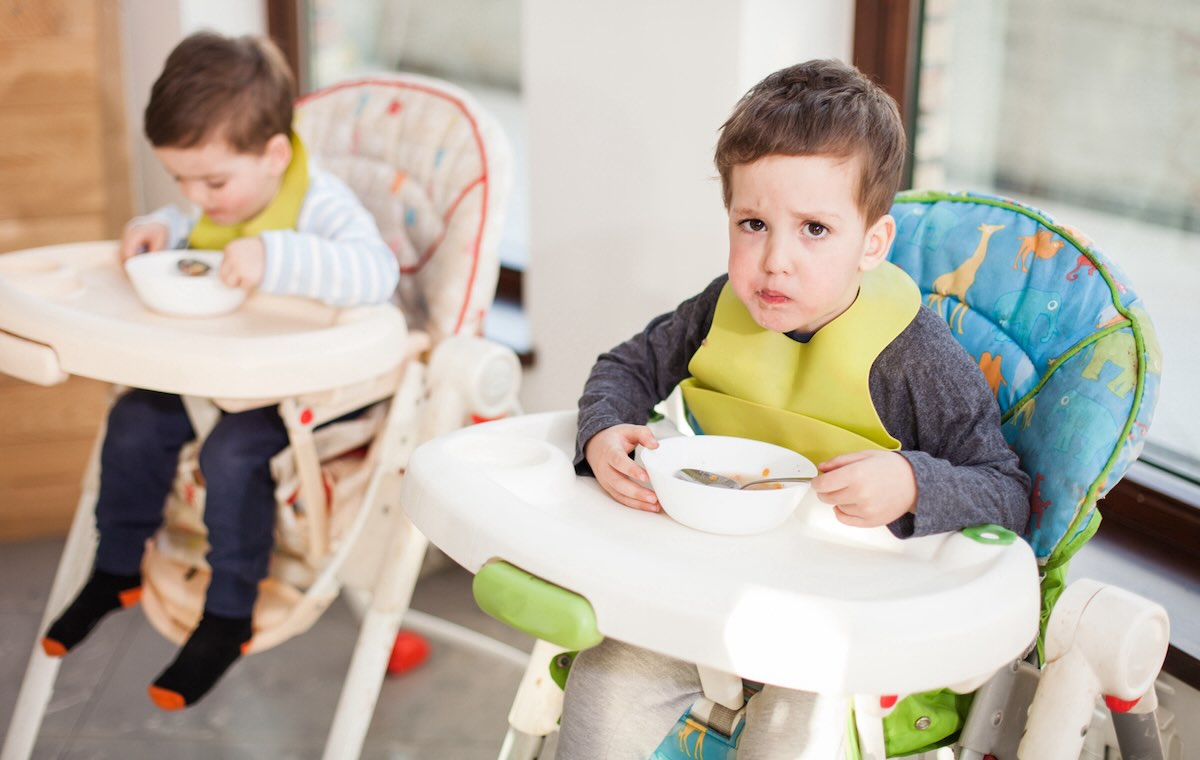

0 thoughts on “When Do Babies Sit In A High Chair?”